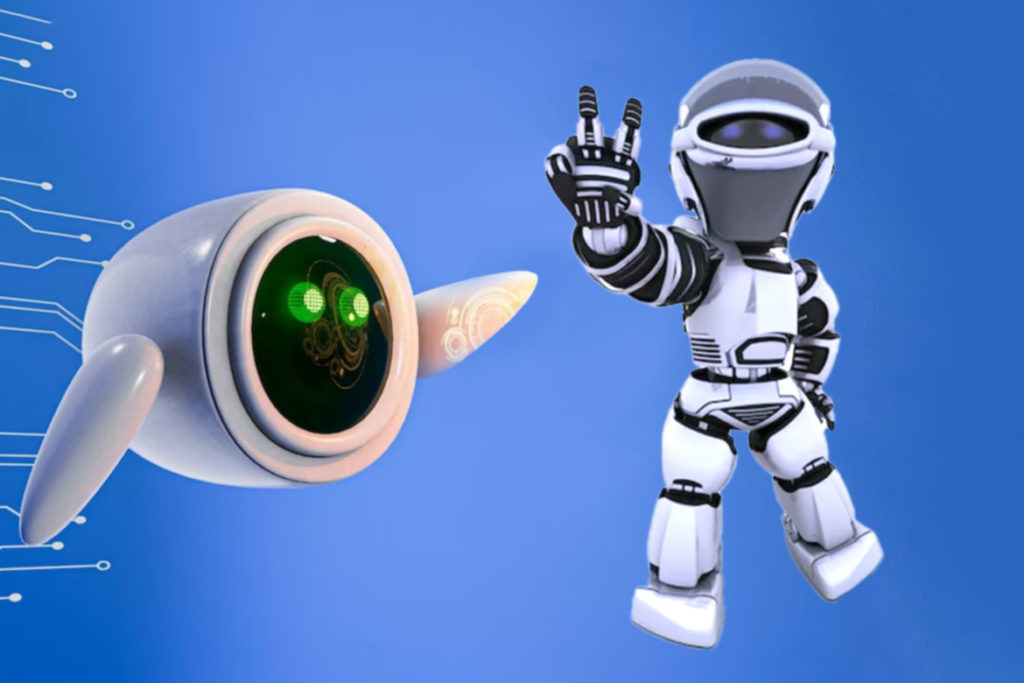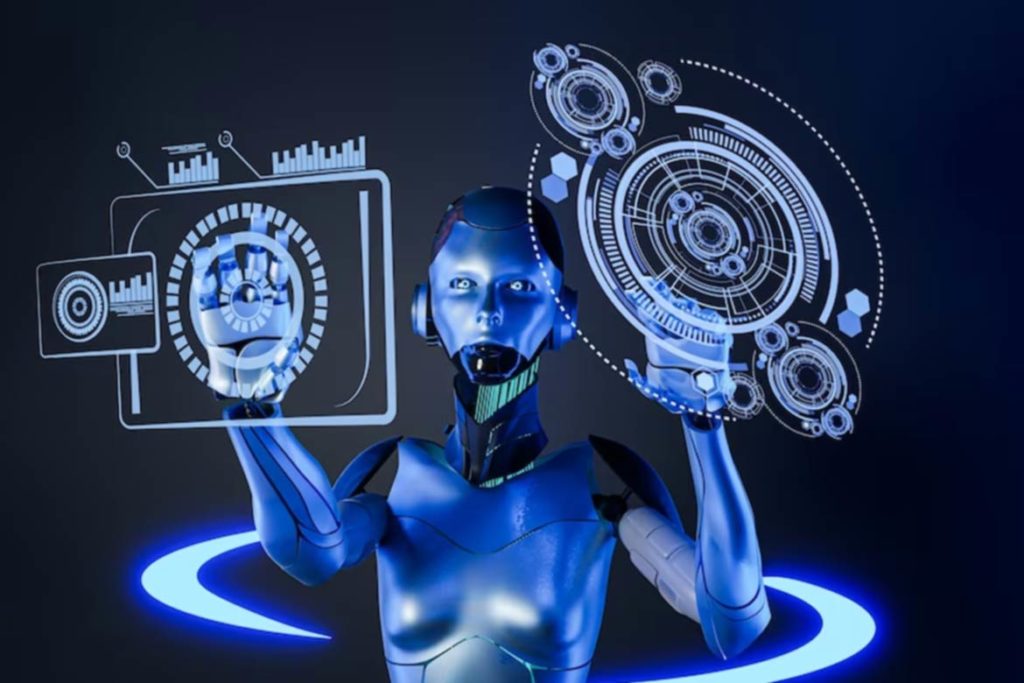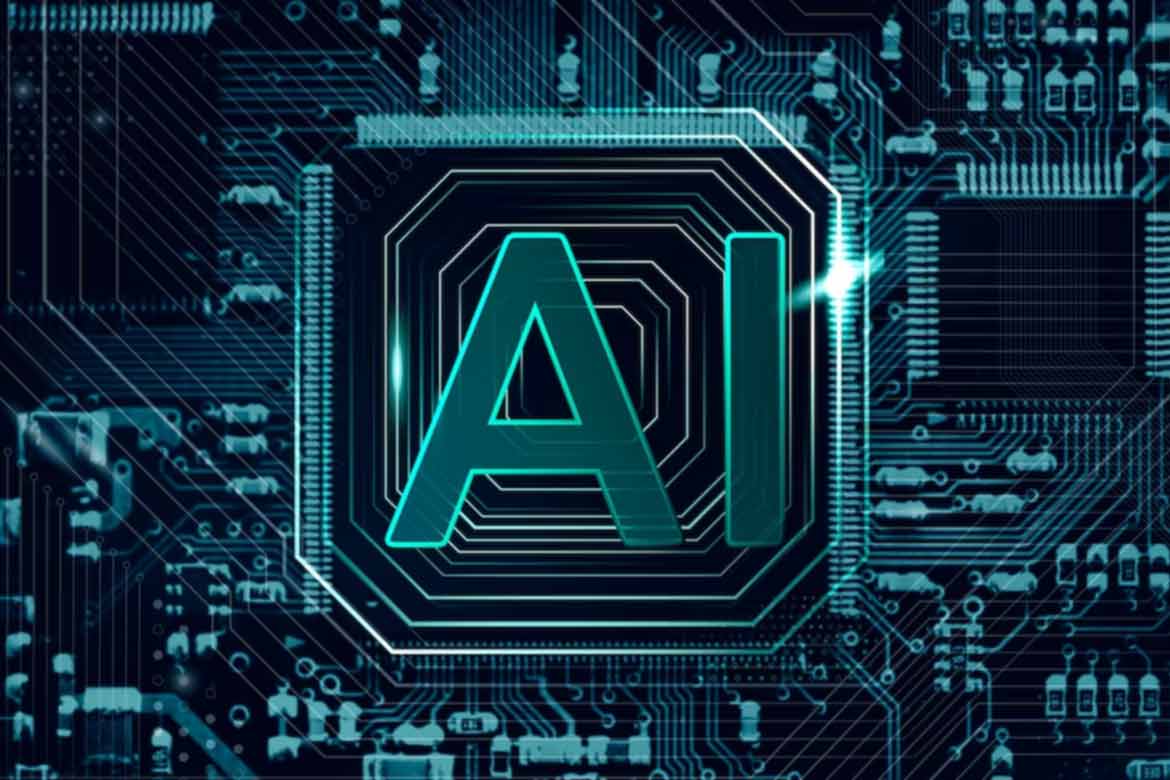Artificial Intelligence (AI) has become the talk of the town for the last few years. There is so much buzz about AI taking over human jobs and the capabilities of AI. But have you heard of Artificial General Intelligence (AGI)? While both concepts fall under the umbrella of artificial intelligence, they represent fundamentally different approaches and levels of capability. In this article, we will delve into the distinctions between AI and AGI, exploring their characteristics, current applications, and potential implications for humanity.
First, What is Artificial Intelligence (AI)?
Artificial Intelligence refers to the development of computer systems capable of performing tasks that typically require human intelligence. An AI system emulates or replicates human-like intelligence, leveraging three fundamental human cognitive abilities: learning, problem-solving, and decision-making. Various methodologies can be employed to implement AI systems.
One popular approach involves utilizing machine learning, where copious amounts of data are fed into a computer system, and statistical techniques enable the system to learn and enhance its performance progressively. By identifying patterns and relationships within the data, the AI system can make predictions and decisions.
Another method involves expert systems, where human expert-like decision-making is mimicked using predefined rules and machine learning algorithms. Additionally, neural networks, designed to mirror the structure and functions of the human brain, represent another prominent approach in AI development.
In a broader sense, AI models process vast datasets, extracting patterns that are subsequently used to make predictions. For example, in automated tasks like photo ID verification, an AI model trained on an extensive collection of facial images with associated features can scrutinize pixels in an image or video and match them with a face to complete the validation process. This capability typically requires conscious human effort but is replicated by AI through data-driven analysis.
Similarly, to teach AI-based multifunctional cognitive agents to communicate like humans, a substantial amount of text and dialogues are fed to the system, enabling it to learn and emulate human-like communication patterns. AI systems can be further divided into two categories: NARROW AI and GENERAL AI.
Narrow AI

Also Read: The Dark Side of AI: 8 Risks and Dangers You Need to Know
Narrow AI, also known as Weak AI, is designed to perform specific tasks and operate within a well-defined domain. Examples of narrow AI include virtual assistants like Siri and Alexa, image recognition systems, recommendation engines, and language translation tools. While these systems can excel at their designated tasks, they lack the ability to generalize their knowledge and expertise to other unrelated areas.
Current Applications of Narrow AI
AI is already widely implemented in various sectors, including healthcare, finance, transportation, manufacturing, and entertainment. In healthcare, AI assists in diagnosing diseases, identifying potential treatments, and analyzing medical data. In finance, AI algorithms predict market trends and optimize investment strategies. In transportation, AI plays a significant role in developing self-driving vehicles and optimizing traffic patterns.
Artificial General Intelligence (AGI)
Artificial General Intelligence, often referred to as Strong AI or simply AGI, represents a level of artificial intelligence that possesses human-like cognitive capabilities. Unlike narrow AI, AGI is not limited to specific tasks; instead, it can understand, learn, and apply knowledge across a wide range of domains, much like a human being. AGI aims to simulate human consciousness, creativity, and adaptability.
What AGI will be capable of?

The quest for AGI, or Artificial General Intelligence, hinges on the capability to accomplish tasks and possess abilities that exceed the limitations of current computer systems. Although today’s AI can perform numerous tasks, it falls short of attaining human-like or general intelligence.
A true AGI system should encompass a range of capacities and understandings, such as abstract thinking, background knowledge, common sense, cause and effect, transfer learning, and more. These abilities open the door to remarkable AGI capabilities, including creativity in enhancing human-generated code, exceptional sensory perception encompassing color recognition and depth perception, fine motor skills like imaginative object interaction, and profound natural language understanding, surpassing the limitations of existing systems like GPS.
AI researchers also anticipate that AGI systems will demonstrate higher-level capabilities, involving diverse types of learning, understanding of symbol systems, and engagement in metacognition, among others.
Is AGI a threat for humans?

As AGI development progresses, it presents profound implications and challenges for humanity. Societal impacts may arise as AGI disrupts the job market, necessitating a reimagining of education and workforce strategies. Ethical concerns regarding machine rights, moral decision-making, and AGI’s potential to develop its own values and goals come to the forefront. Additionally, ensuring control and safety to prevent unintended harm requires extensive research and ethical guidelines.
Experts in the AI field hold varying views on the possibility and desirability of AGI. Some, like Stephen Hawking, have warned about its dangers, while others, like Ray Kurzweil, expect its continued development, even reaching the point of artificial superintelligence referred to as the singularity.
In 2022, generative AI took a giant leap towards this vision, exemplified by the launch of ChatGPT and other user-friendly generative AI interfaces, showcasing their ability to understand human text prompts and answer a wide range of questions. Despite their potential, challenges lie ahead in responsibly harnessing AGI’s power for the benefit of humanity, demanding ethical considerations, research, and international collaboration to shape its future impact on society.
Conclusion
In summary, AI and AGI represent different stages of artificial intelligence development. AI, as we know it today, serves specific purposes and operates within defined boundaries, while AGI seeks to achieve human-level intelligence and adaptability. While AI has already made a significant impact on various industries, AGI’s potential raises exciting possibilities and daunting challenges. Striking a balance between progress and responsible development is crucial to harnessing the potential of AGI for the benefit of humanity. Ethical considerations, research, and international collaboration will play a vital role in shaping the future of AGI and its impact on society.

